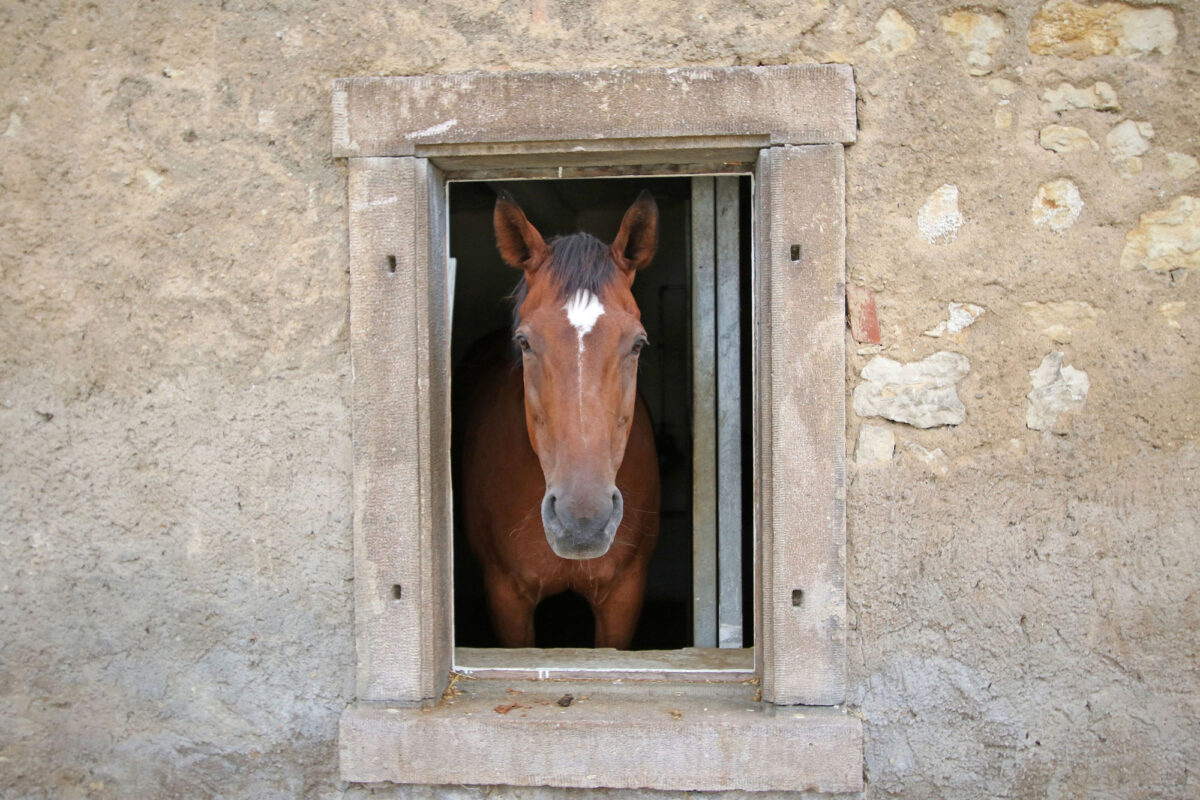Horses, donkeys and mules
Many horses are registered as pets. Unlike horses kept as livestock, these animals are not allowed to enter the food chain. The Freiberger is the only remaining original horse breed in Switzerland. It originates from the Franches-Montagnes region in the canton of Jura. Freiberger horses are considered to be powerful and sociable animals. The second breed from Swiss rearing is the Warmblood. Most of these animals are used as sport horses. Switzerland is also home to breeds such as Arabian and Haflinger horses as well as Shetland ponies and the Icelandic horse.
Ponies, donkeys, mules and hinnies belong to the same family. Mules are a cross between a male donkey and a female horse. With hinnies, it is precisely the other way around. Both are crossbreeds that are usually incapable of reproduction.

